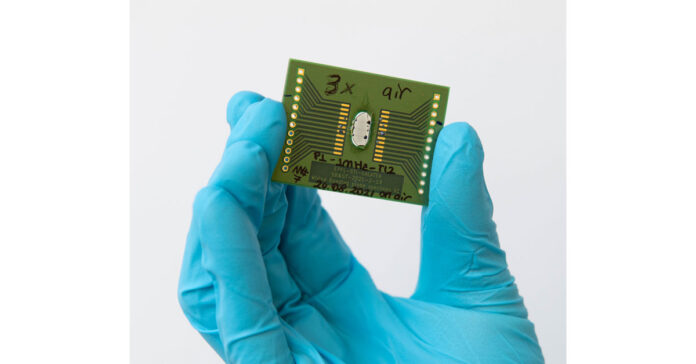In a groundbreaking study conducted by Gözden Torun and her team at the Galatea Lab in collaboration with scientists from Tokyo Tech, the potential of tellurite glass when exposed to femtosecond laser light has been unveiled.
Published in Physical Review Applied, their findings promise a revolutionary leap in the field of light-harvesting and sensing devices.
Unveiling the Discoveries
By subjecting tellurite glass to rapid pulses of femtosecond laser light, researchers observed a remarkable transformation.
Nanoscale crystals of tellurium and tellurium oxide emerged within the glass, forming precise patterns where the laser had made contact.
These crystals, both semiconducting in nature, hold the key to unlocking the glass’s potential as a light-harvesting material.
The Promise of Electricity Generation
The discovery of semiconducting properties within tellurite glass opens doors to a myriad of possibilities.
With the ability to generate electricity when exposed to daylight, this material could revolutionize energy harvesting technologies.
The prospect of seamlessly integrating light-harvesting capabilities into everyday objects, such as windows, holds immense potential for sustainable energy solutions.
A Paradigm Shift in Material Science
Yves Bellouard, leading the research at EPFL’s Galatea Laboratory, highlights the simplicity of the process.
By utilizing only tellurite glass and a femtosecond laser, researchers can transform ordinary glass into an active photoconductive material.
This paradigm shift in material science heralds a new era of innovation, where the boundaries between materials blur, and possibilities abound.
From Concept to Reality
The practical implications of this discovery are profound. Through precise manipulation of femtosecond laser patterns on tellurite glass surfaces, durable conductive patterns can be created.
These patterns, capable of generating electricity when exposed to light, offer a glimpse into a future where everyday objects become sources of renewable energy.
Collaboration Fuels Innovation
The collaborative effort between researchers at EPFL and Tokyo Tech underscores the importance of interdisciplinary cooperation in scientific breakthroughs.
By combining expertise in material science and laser technology, this partnership has accelerated the pace of discovery, pushing the boundaries of what is possible in light-harvesting technology.
The Alchemy of Modern Science
In the words of Yves Bellouard, the transformation of glass into a semiconductor through the power of light resonates with the age-old quest of the alchemist.
With each pulse of the femtosecond laser, researchers are not just altering materials; they are reshaping our understanding of what is achievable in the realm of science and technology.
Conclusion
The journey from discovery to application is just beginning. As researchers delve deeper into the potential of tellurite glass, the possibilities for innovation continue to expand.
With each breakthrough, we move closer to harnessing the full power of light for a sustainable and bright future.
FAQ
Tellurite glass is a type of glass composed primarily of tellurium dioxide (TeO2) along with other elements such as oxides of sodium, zinc, or boron. It is known for its high refractive index and unique optical properties, making it valuable in various applications, including telecommunications and sensing devices.
When exposed to femtosecond laser light, tellurite glass undergoes a fascinating transformation. The high-energy pulses cause the formation of nanoscale tellurium and tellurium oxide crystals within the glass, creating semiconducting regions that exhibit unique electrical properties.
More information: Gözden Torun et al, Femtosecond-laser direct-write photoconductive patterns on tellurite glass, Physical Review Applied (2024). DOI: 10.1103/PhysRevApplied.21.014008

